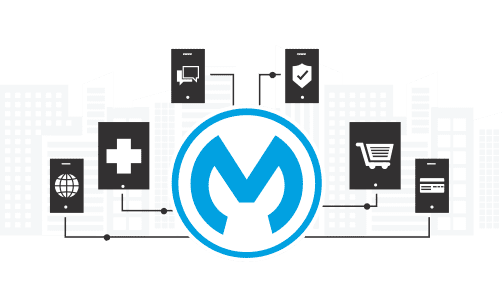There is a lot of discussion and debate about what the Internet of Things (IoT) is and how it can be used. In this blog I will explain how the IoT is not just about Internet connections between ‘things’ but that it presents an expansive opportunity to gather peripheral data that can be used to enhance all our lives.
The basics of the IoT, as most of us already know, centre around sending and receiving information from a variety of objects which are equipped with sensors and controllers. But stockpiling this information is pointless unless that data is used to improve services, solve problems, or make our lives safer.
There are various types of objects and sensors used to capture data in different ways, but in my role as a MuleSoft architect I will discuss a few here from the perspective of the integration and connection of applications, data sources and APIs (application programming interface).
The IoT in action
A common example is the data captured from the operation of traffic signals, not only from vehicles passing through them, but the pedestrians who cross them. Picture a crowded location where there is a need to optimise the flow of vehicles and people in an automated way by analysing the mass of data accumulated over a period of days. Sensors installed on the signal posts capture the number of vehicles and passers-by on a 24/7 basis. Data captured by the sensors and controllers is stored in a backend system and later analysed to achieve a solution to ease traffic congestion and enhance pedestrian safety.
But how does the data captured from the signal posts reach the storage system? The integration layer is a crucial part of the process, without it, automation would not be easy. The integration layer hosts the APIs used to move data to the appropriate locations or backend systems. This is a simple use case to explain the IoT and how APIs play a major role. In more complex scenarios we are demanding - and expecting - to control everyday items from our fingertips.
Imagine being able to control your car or other instruments, tools or home appliances at the touch of a button. There are various ways to do so, like using a smartphone or a tablet and radio controlled signals, but that method restricts us to a certain range and in some cases conflicts with signals others use.
The answer is to deploy to the cloud, using a router and various APIs which enable the phone or the tablet to connect to the objects via a controller. APIs are a critical part of this system because they are used by the apps on the phone or tablet to make things happen in the background.
It is possible that each consumer could own anything from 5 to 15 devices that can be IoT-enabled. The devices could range from watches, alarms, light bulbs, doors, and lockers to washing machines, heaters, power meters or cars. The number of IoT devices could easily reach big numbers in the not-too-distant future. The possibilities are endless in the world of the IoT, indeed Gartner report that by 2020 about 26 billion devices will be connected to the Internet.
To make this happen we have to put the architecture in place to support it all, and to provide the flexibility to cater for the vast variety of domains and their specific operations.
Technology at work
MuleSoft’s Anypoint Platform puts the power of API-led IoT connectivity within reach of digital business; flexible enough to connect and orchestrate data on devices or applications across the IoT today, with the extensibility that will allow us to connect to future technologies.
In addition, connecting remote devices like servers, desktops, point-of-sale systems and kiosks to back-office locations like retail stores and manufacturing or healthcare facilities allows you to assimilate data and perform remote management from a central location.
Anypoint Platform's core Mule engine can be embedded directly into IoT devices, enabling data integration and orchestration directly on the device, as well as connecting to IoT cloud services and other back-end applications in the datacenter or cloud. With the Anypoint platform, you can turn ordinary devices, including vending machines, billboards, point-of-sale systems, and automotive devices, into smart, connected devices.
If you would like to find out more about how APIs could help you make the most out of your current infrastructure while enabling you to open your digital horizons, do give us a call at +44 (0)203 475 7980 or email us at Salesforce@coforge.com
Other useful links:
Coforge Systems Integration
API Recipes with MuleSoft Anypoint Platform
Case studies




